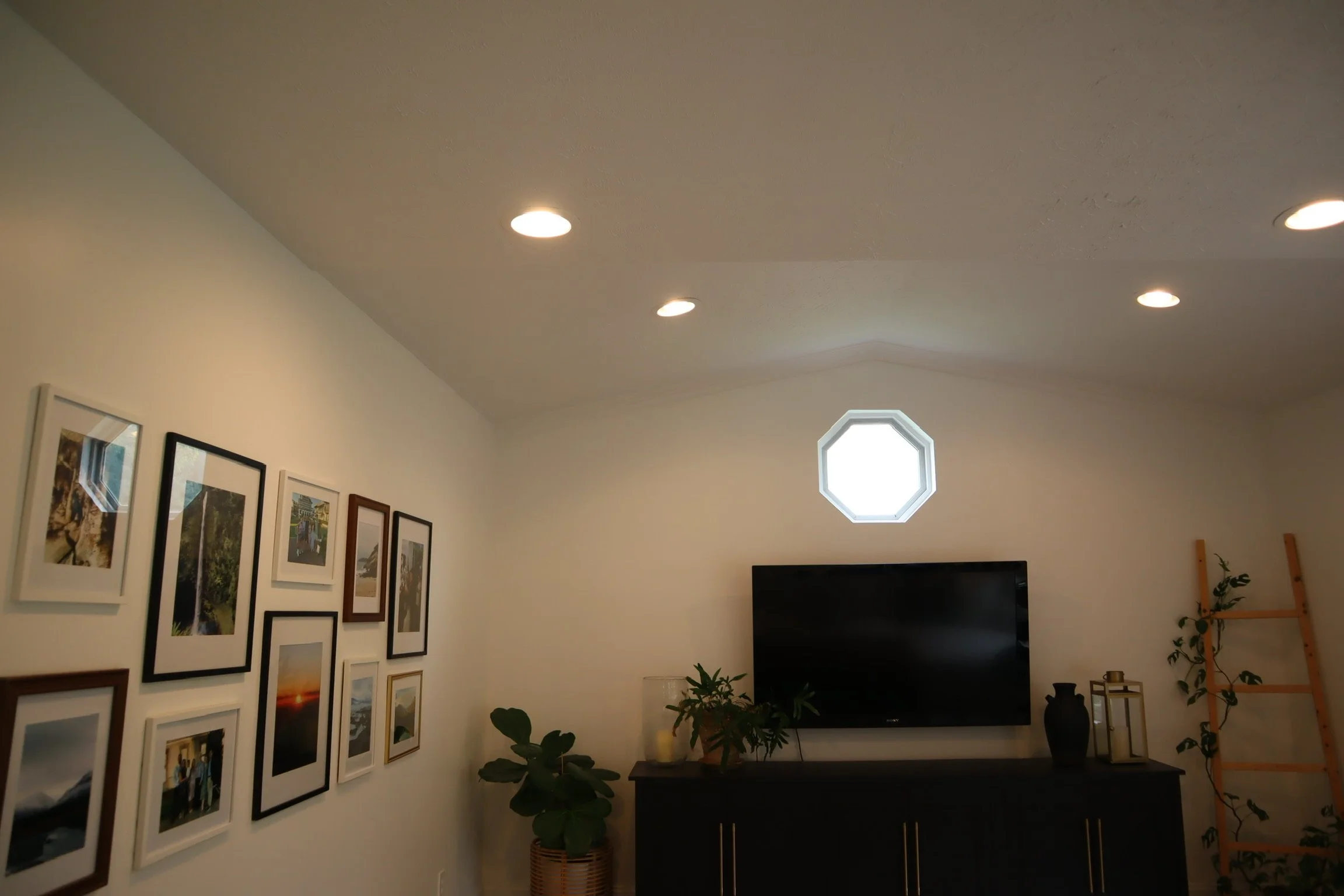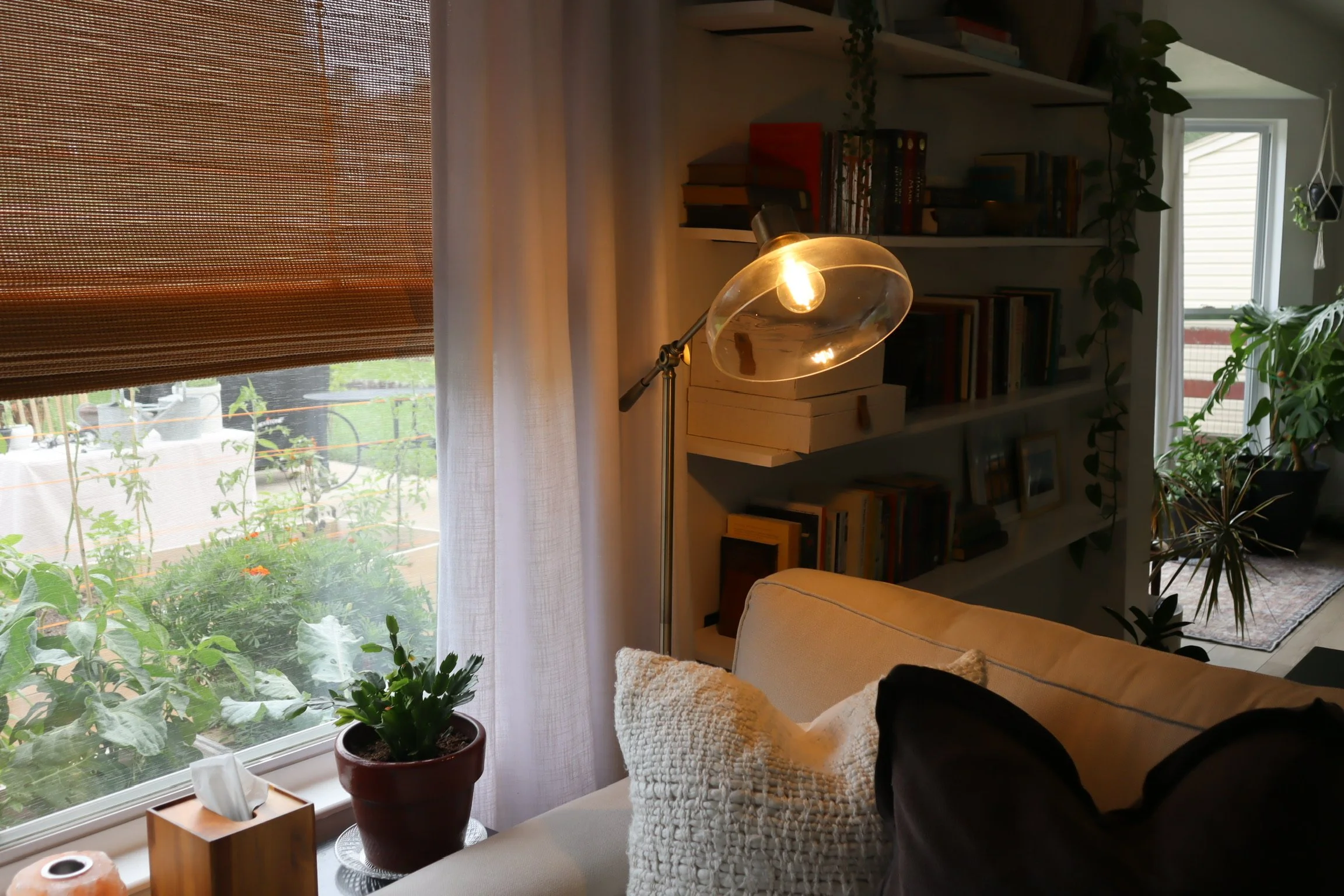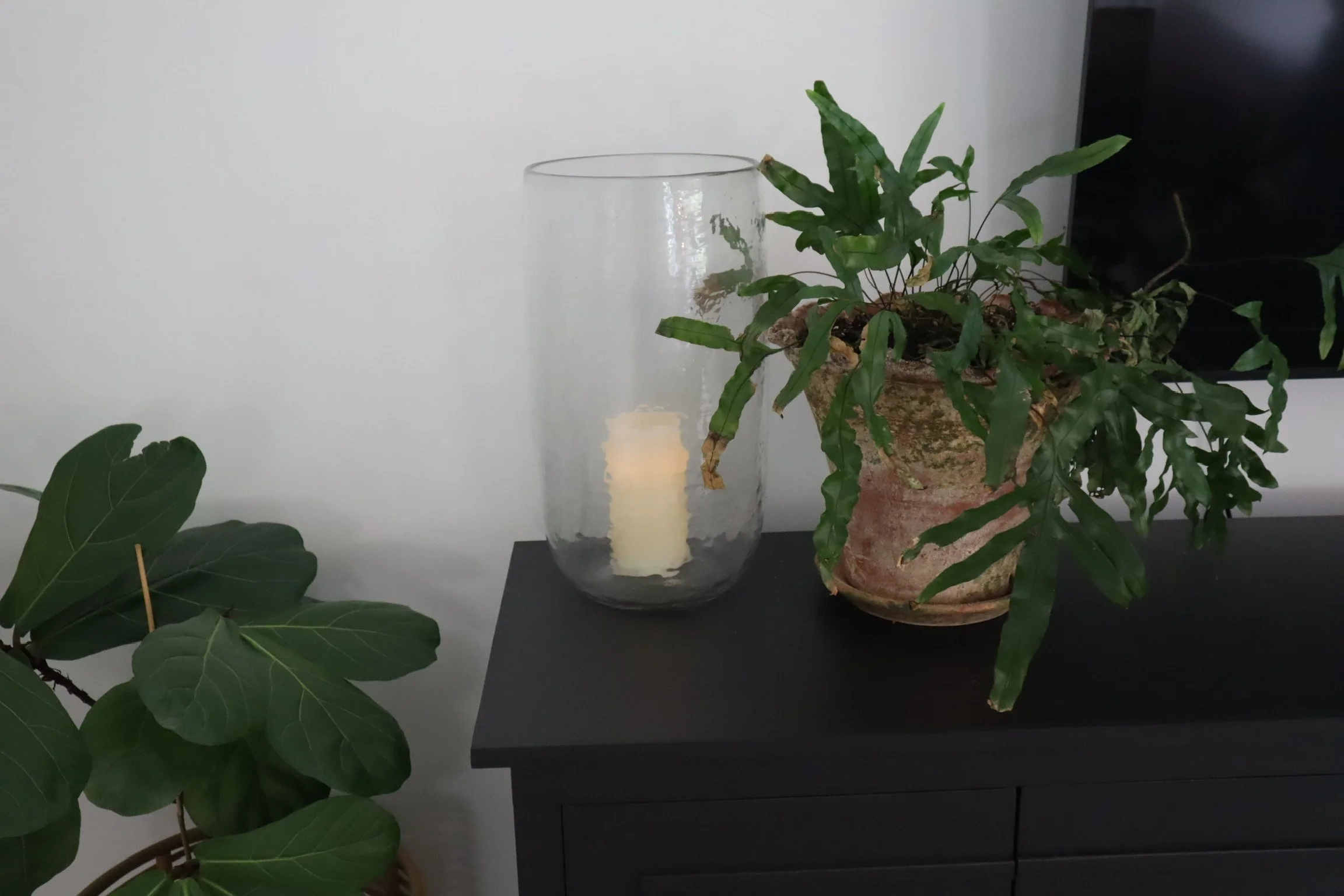How to Make Your Home Feel Warm and Cozy with Lighting
This post contains affiliate links for products I use in my home. I may earn a small commission if you shop through these links, at no extra cost to you.
When we think about what makes a home feel warm, welcoming, and lived-in, our minds usually go straight to things like furniture, paint colors, or decor. And while those are all important, one of the most powerful and often overlooked elements in creating a cozy space is lighting. The right lighting does more than just help us see—it affects how we feel. It shapes the mood of a room and creates the kind of environment where we want to rest, gather, and live life.
Whether you’re curling up with a good book, enjoying dinner with friends, or winding down at the end of a long day, lighting sets the tone for everything. And the good news? It doesn’t have to be expensive or complicated to get it right. With just a few simple changes, you can transform your space into something that feels more peaceful and inviting.
Let’s walk through some easy and effective ways to use lighting to make your home feel cozier.
1. Use Layers of Light
Think of lighting like layers of clothing. Each layer serves a purpose—some are functional, some are about comfort, and some are just about how everything feels together.
In a well-lit room, you want to aim for three layers of light:
Ambient lighting: This is your main source of light, usually from overhead fixtures like ceiling lights or recessed lights. It gives the room general brightness and helps everything feel open and clear.
Task lighting: This is lighting that helps you do something specific—like reading, cooking, or working. Desk lamps, floor lamps by a chair, or under-cabinet lights in the kitchen are all examples.
Accent lighting: This is where coziness really comes in. Accent lights add warmth and mood. Think string lights, wall sconces, fairy lights, candles, or even a soft night light in a hallway.
By combining all three of these types of lighting in each room, you create depth and flexibility. You can adjust the lighting based on the time of day, the task you’re doing, or just the mood you want to create.
2. Choose Warm Bulbs Instead of Cool
One of the easiest ways to make your home feel cozier is to switch to warm white light bulbs. Light bulbs are measured in something called Kelvins (K), and the color of the light they give off falls into different ranges:
2700K–3000K: These are warm white bulbs. They give off a soft, golden light that feels relaxing and natural—great for living rooms, bedrooms, and dining spaces.
4000K and above: These are cooler or “daylight” bulbs. They’re great for workspaces, garages, or bathrooms, but they can feel too bright and harsh in rooms where you want to feel relaxed.
If your space ever feels too cold or sterile, your light bulb temperature could be part of the reason. Try switching to warm bulbs and see what a difference it makes.
3. Add Dimmers for More Control
Having the ability to dim your lights is one of the easiest and most effective ways to create a cozy mood. Bright lights are great during the day or when you’re doing a task, but in the evening, dimming the lights helps your body and mind wind down.
If your overhead lights use LED bulbs, look for ones that are dimmable. Many newer LED fixtures or bulbs work with dimmer switches—or you can use smart bulbs that let you control brightness and color warmth right from your phone.
In our home, we use dimmable LED lights for the main ceiling lighting. It’s so nice to be able to turn the brightness down after dinner or when we’re watching a movie. It instantly makes the room feel more peaceful.
4. Use Lamps for a Softer Feel
Lamps are such a simple way to soften a space. They provide gentle light at eye level, which feels more comforting and less harsh than overhead lighting.
A few tips for using lamps well:
Place them in corners, next to seating, or on side tables to create little “pockets” of warm light.
Use them as task lighting too—for reading, crafting, or working at a desk.
Choose lamps with soft shades, curved shapes, or textured finishes to bring character into your space.
I love using lamps in the living room and bedroom. They give off just the right amount of glow, and I often use them instead of the main lights in the evening.
5. Add Candlelight for Extra Warmth
Candlelight adds a soft flicker that no bulb can truly replace. It’s one of the oldest and most timeless ways to make a space feel inviting.
If you’re not comfortable using real candles all the time—or want a safer option—battery-powered candles are a wonderful alternative. Many of them now flicker realistically and come with timers or remotes for convenience. I like placing them in:
Glass vases or hurricanes on coffee tables or shelves
Lanterns on the floor or on the porch
Candle holders or candlesticks on the dining table or mantel
They look beautiful grouped together, and they don’t give off any heat or smoke, so you can safely leave them “on” in the background as mood lighting.
Here’s a link to a great option of battery-powered candles (affiliate link):
Real candles are also lovely if you prefer them—just always be safe, especially around kids or pets.
6. Make the Most of Natural Light
During the day, one of the best ways to bring warmth into your space is by opening up to natural light. Pull back the curtains, open the blinds, and let the sun shine in.
Even on cloudy days, natural light brings a softness that artificial light can’t always match.
Then, as the day winds down, use sheer curtains, linen drapes, or woven shades to filter harsh evening light or streetlight glare. This helps your home feel private, peaceful, and calm.
Final Thoughts
Lighting really does make all the difference when it comes to how your home feels. It’s not just about brightness—it’s about atmosphere, comfort, and making a space that feels like you.
To recap:
Use layered lighting: ambient, task, and accent lighting all work together.
Choose warm white bulbs (2700K–3000K) for a cozy, natural glow.
Add dimmers or use smart bulbs to control brightness and color warmth.
Use lamps to add softness and help with specific tasks.
Light candles—real or battery-powered—for a gentle flicker of charm.
Let natural light shine in during the day and soften it in the evening.
Small lighting changes can make a huge difference. So if your room ever feels a little off or not quite “homey” enough, don’t rush to rearrange everything—try just turning on a lamp or lighting a candle. You might be surprised how much warmer and more inviting your space becomes.
By Leah Ann Grace



